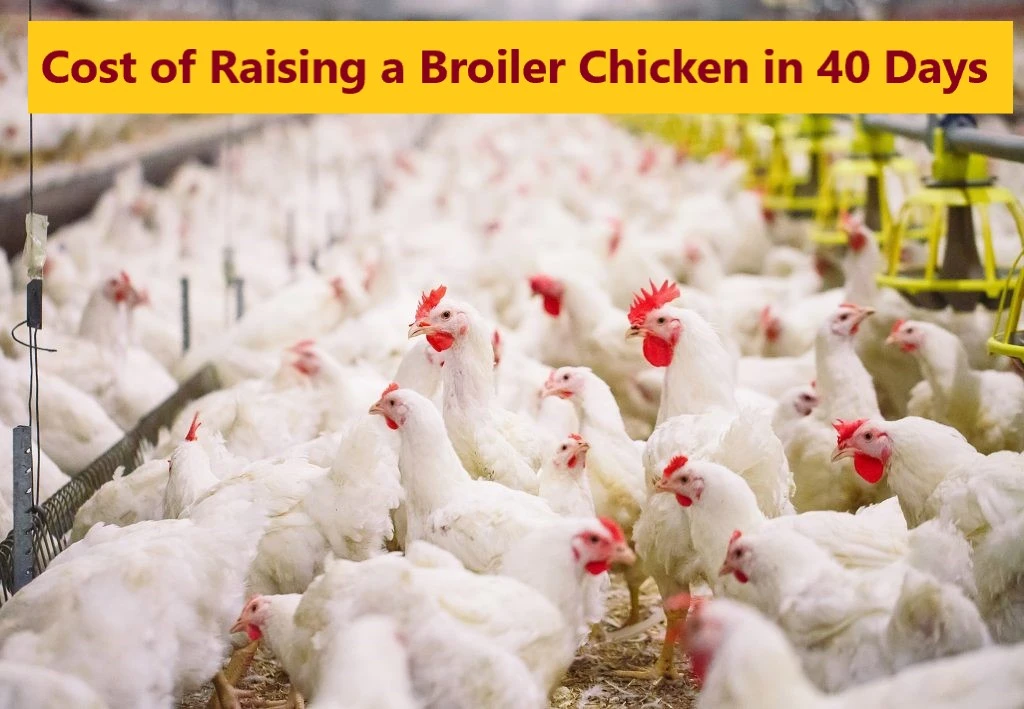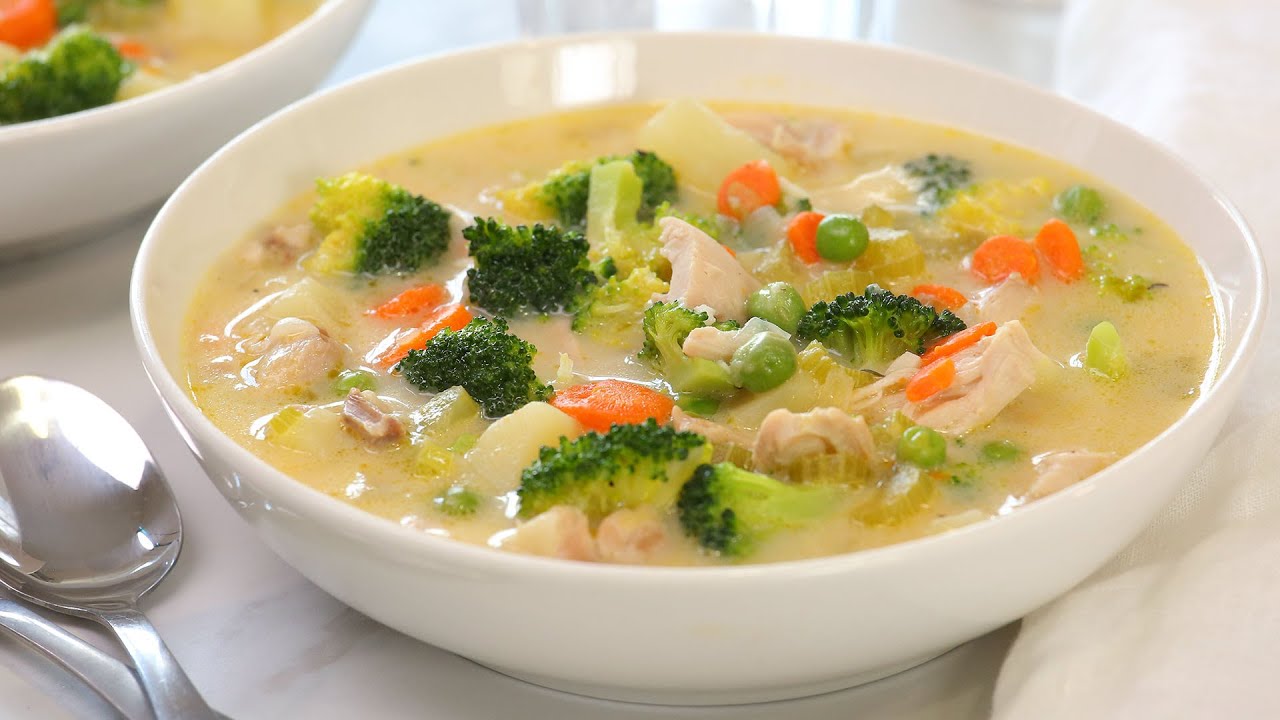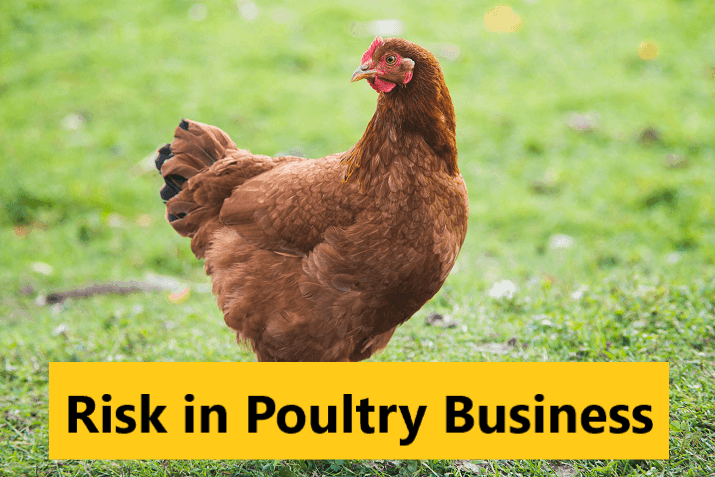Chickens are a common sight on farms and in backyards, and understanding the difference between male and female chickens is essential for proper management and breeding. In this article, we will explore the distinctions between roosters (male chickens) and hens (female chickens), covering their physical characteristics, behavior, and roles within a flock, all while keeping it easy to understand.

Table of Contents
Male and Female Roles in a Flock
Before delving into the differences, it’s essential to recognize that both male and female chickens play distinct roles within a flock. Roosters often act as protectors, sounding alarms to warn hens of danger, while hens are responsible for laying eggs.
Physical Differences
Comb and Wattles
Roosters generally have larger, more prominent combs and wattles (the fleshy bumps on their heads) compared to hens. These are often brighter and more colorful in roosters as well.
Size and Body Shape
Roosters are typically larger and more robust than hens. They have broader shoulders and often a more upright posture. Hens tend to be smaller and more compact.
Tail Feathers
One of the most apparent differences is in the tail feathers. Roosters have longer, more colorful tail feathers that they often fan out in courtship displays. Hens have shorter, less flashy tail feathers.
Spurs
Roosters often develop spurs on the back of their legs, which are sharp, bony growths used for self-defense and during mating.
Behavioral Differences
Crow
The most well-known difference is the crowing sound made by roosters. Hens do not crow. Roosters often crow in the morning to establish their territory and communicate with the flock.
Nesting
Hens are responsible for nesting and laying eggs, while roosters have no role in this process.
Protective Behavior
Roosters tend to be more vigilant and protective. They watch for predators and sound alarms to alert the flock. Hens are generally more focused on finding food and caring for their chicks.
Reproductive Roles
Egg-Laying
Hens are the egg-layers in the flock, producing eggs for reproduction or consumption.
Mating
Roosters have the responsibility of mating with the hens to fertilize their eggs. Without roosters, eggs laid by hens will not hatch into chicks.
Age and Development
Maturity
Roosters tend to mature more slowly than hens. A young rooster may take several months to develop and begin crowing and mating fully. Hens typically mature more quickly and begin laying eggs at a younger age.
Social Structure
Pecking Order
Chickens have a social hierarchy within their flock, often referred to as the “pecking order.” Roosters tend to assert themselves as the dominant individuals in the flock and may engage in displays of dominance to establish their position.
Hierarchy Among Hens
Hens also have their pecking order within the flock, with dominant hens having priority access to food and nesting sites.
Interactions
Roosters tend to be more aggressive in their interactions with other chickens, both hens and other roosters. They may engage in territorial disputes and fights to establish their dominance.
Table: Key Differences Between Male and Female Chickens
To summarize the differences between male and female chickens, here’s a concise table:
| Characteristic | Rooster (Male) | Hen (Female) |
|---|---|---|
| Comb and Wattles | Larger and colorful | Smaller |
| Size and Body Shape | Larger and robust | Smaller |
| Tail Feathers | Longer and colorful | Shorter |
| Spurs | Present | Absent |
| Crowing | Crows | Does not crow |
| Nesting and Laying | Does not lay eggs | Lays eggs |
| Protective Behavior | Vigilant and alert | Focus on food |
| Reproductive Role | Mates with hens | Lays eggs |
| Maturity | Slow to mature | Mature more quickly |
| Social Structure | Dominant and aggressive | Hierarchical |
Conclusion
Understanding the differences between male and female chickens, or roosters and hens, is vital for anyone involved in poultry keeping. From their physical characteristics to their roles within a flock and behavioral traits, these distinctions guide the management and breeding of chickens. Whether you’re a seasoned poultry farmer or a backyard chicken enthusiast, recognizing these differences ensures the well-being and productivity of your feathered friends.
If you are looking for more informational articles on chicken then do visit our chicken category. We are uploading fully researched articles about chicken.



